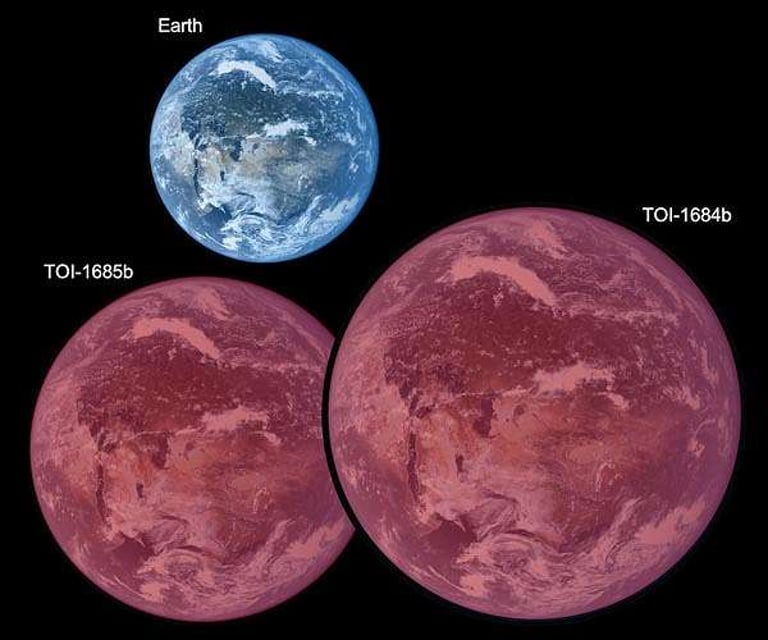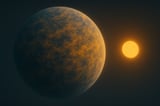Scientists Unveil New Model for 'Steam World' Exoplanets, Shedding Light on Habitability
August 26, 2025
The James Webb Space Telescope has confirmed the presence of steam on some sub-Neptunes, emphasizing the need for accurate models to interpret such observational data.
This model incorporates data on water's behavior under extreme conditions, including phases like supercritical water and superionic ice, which are difficult to study but crucial for understanding these planets' interiors.
Researchers at UC Santa Cruz have focused on 'steam worlds,' a type of water-rich exoplanet with thick steam atmospheres, orbiting close to their stars where surface water remains too hot for liquid form.
These planets are characterized by layers of exotic water phases, such as supercritical water and possibly superionic ice, which are challenging to model but essential for understanding their formation and composition.
Scientists have developed a new model to understand the internal structure of water-rich exoplanets, especially sub-Neptunes, which are common in the universe and often found close to their stars.
Ultimately, this research enhances our understanding of the most common exoplanets and explores their potential to host life in the universe.
Unlike icy moons in our solar system, sub-Neptunes are much more massive and lack icy crusts, instead developing thick steam atmospheres and hosting deep, complex water phases.
These planets' interiors may contain exotic water phases deep within, offering insights into planetary formation processes.
Sub-Neptunes are larger than Earth but smaller than Neptune, often located near their stars, making their surfaces too hot for liquid water but suitable for steam atmospheres and complex water phases.
Understanding the distribution and evolution of water in these planets over billions of years can help identify potential habitability and inform future missions like ESA's PLATO.
The models aim to trace water's role in planetary formation and assess habitability, with upcoming observations from JWST expected to test and refine these theories.
Summary based on 2 sources

